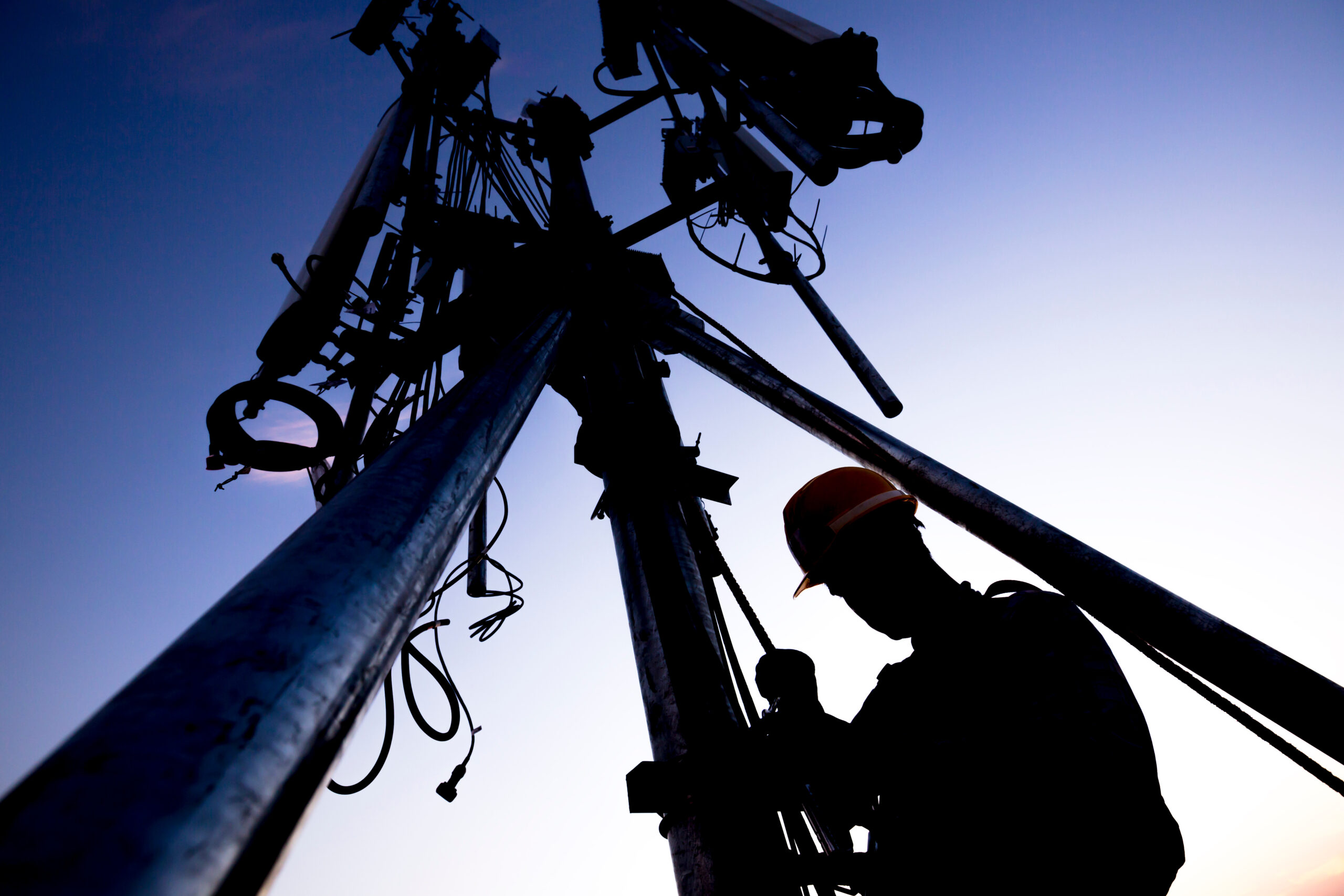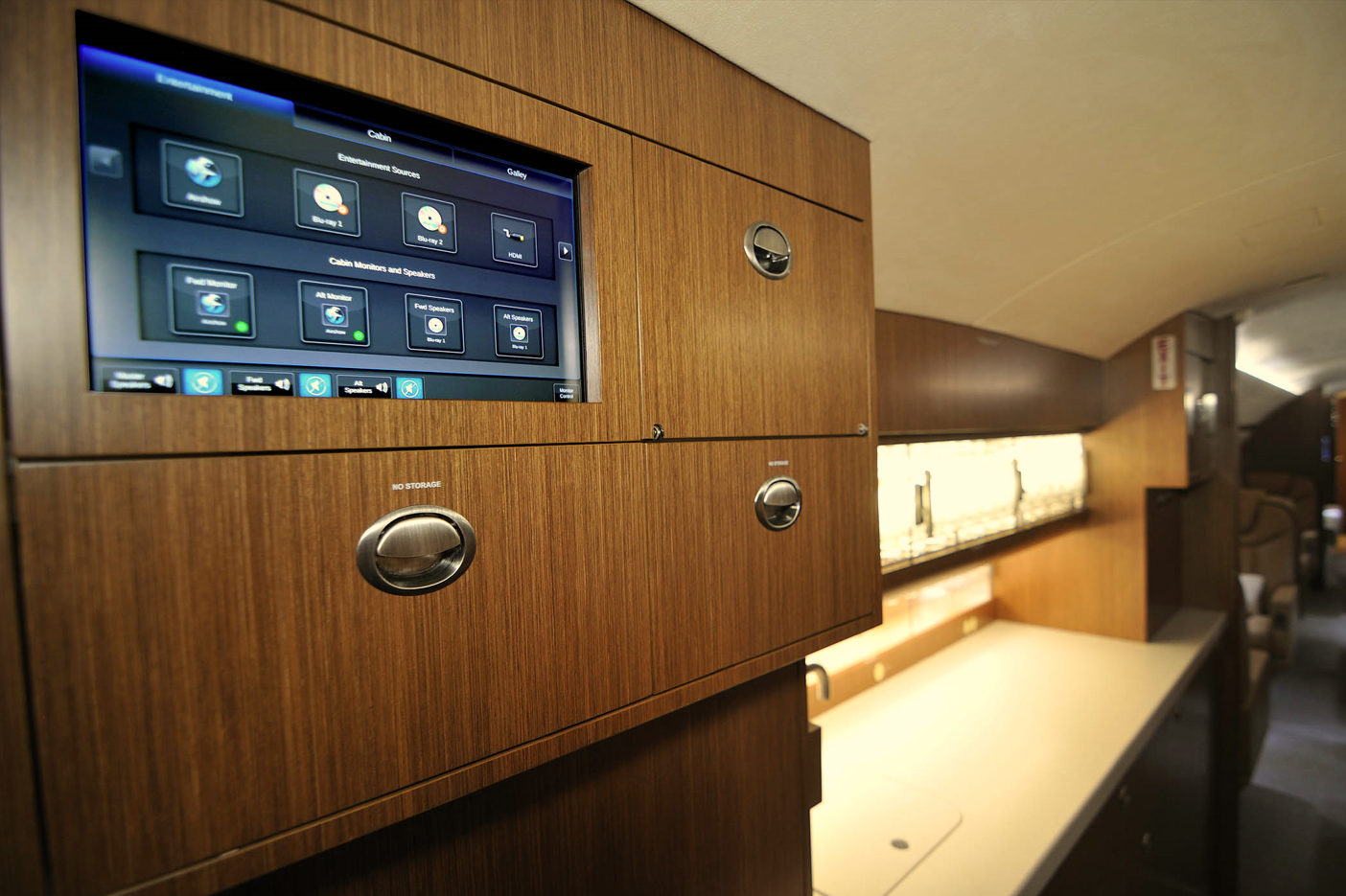Connectivity: The ABC’s of A2G.

“High-speed Internet access or broadband, is giving entrepreneurs anywhere an unprecedented chance to disrupt entire industries.” Ajit Pai, Former Chairman of the U.S. FCC
As I discussed last month, satellites are the first thing most operators think of when they want cabin connectivity. Rightly so. It really wasn’t long ago when SATCOM would have been their only airborne connectivity solution. Today, you have the option of installing a new air-to-ground network.
Air-to-ground (A2G) works pretty much like your cell phone. The signal leaves the airplane and connects to a ground-based tower, where it connects to the Internet. And contrary to what you’ve heard, an air-to-ground connection will deliver everything that a satellite system will, and it may deliver it better.
Why? Well, while we are talking in micro-seconds, it takes less time for the signal to leave your aircraft and get to/from the A2G’s ground-based antenna than it does for the same signal to go from your cabin to the satellite, to the ground, back to the satellite, and to your cabin. That time lag is called “latency.” The greater a network’s latency, the greater your chance of suffering with a slow connection.
Yet, another differentiator is that your A2G connection does not have to contend with as much atmospheric interference as the satellite’s signal, which can also contribute to increased latency and a poor cabin experience.
But that’s not all. A2G has a number of other advantages for many operators:
• It costs less to install and the monthly service/access fees are lower than satellite.
• The antennas and LRU hardware are smaller, so it can be installed in smaller aircraft.
• There’s less signal latency, so the connection is usually better, providing a better experience.
• New-generation systems can provide connectivity speeds similar to what can be experienced with the normal cellular networks on the ground.
Now for the downside:
• As of now, A2G coverage is only available in the CONUS, along with some parts of western Canada, and southwestern Alaska
You can have it all…if you want to pay for it.
Because of the geographic limitations of the A2G, many owner/operators of larger cabin jets, like Falcons, Globals, and Gulfstreams, will install both a satellite and A2G system on their aircraft. This allows them to enjoy “global” coverage when they’re flying internationally and save money when flying domestically.
I can’t argue that it’s a great, albeit very expensive, solution. You not only have to pay the higher total cost of the dual access fees, you also have to buy and install two separate LRU/antenna systems on the aircraft. However, if you have the need and deep pockets, it’s proven to be a great way to go.
Well, there you have it. I think we’ve done a pretty good job of introducing you to the very basics of cabin connectivity. About the only thing we haven’t covered is cybersecurity, but we’ll do that in another blog. If you have any specific connectivity questions or concerns, please contact me. Our team has the experience to help ensure that the connectivity connection you make will be the right one.
END PART 3



